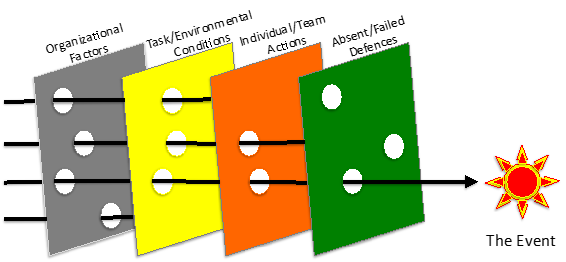There are many different ways that you learn things. You can learn things from school, from books, from videos, from sticking a fork in a light socket.
But we’re talking about the things you learn in passing, or by osmosis, as you’re growing up. Sometimes these are things learned so early on in your education, so basic, and built upon by thousands of other concepts. Sometimes they are the ways of speaking of your parents, their ways of thinking.
For me, this was Spectator Ions. Growing up, my dad would always talk about (aqueous) chemical reactions, for example, from Wikipedia:
2Na+(aq) + CO3 2−(aq) + Cu 2+(aq) + SO4 2−(aq) → 2Na+(aq) + SO4 2−(aq) + CuCO3 (s)
In this reaction, the carbonate anion is reacting/bonding with the copper cation. The two sodium cations and the sulfate anion have no part in this reaction. They are merely ‘spectators’.
So this is all reasonable, this makes sense. But I was trying to explain this to someone recently, and I realized that I didn’t know the phrase ‘spectator ions’, I just knew intuitively that sodium cations are basically never involved in reactions. The best way I can describe is knowing them as ‘small and bouncy’. (Perhaps ‘small, bouncy, and indivisible’, unlike N2(g), which is ‘small to medium-sized, bouncy, and divisible with significant effort.)
So, how do you explain something like this, when you approach it in such an intuitive way? I feel like it approaches or becomes an issue of privilege, like being the only person who can access the underpinnings of the system.
Sometimes, I feel the same way about ‘friendly triangles’. Probably the most famous of these is the ‘3,4,5’ triangle, which has been known (and presumably used in construction) since antiquity.
The other triangles commonly called ‘friendly’ are:
– 1,1,sqrt(2), or the ‘45,45,90’ triangle, used with unit vectors everywhere, also interestingly the right-angle triangle which has the largest percentage of its perimeter in its hypotenseuse.
– 1,2,sqrt(3), or the ‘30,60,90’ triangle, used most often probably with equilateral triangles and subsections thereof
Once these concepts are automatic, you start to see them everywhere. If you want a better explanation of ‘friendly triangles’, try here:
http://www.purplemath.com/modules/trig.htm
But back to our original question, which was all about how you deal with having a very intuitive sense of something, which underpins your world view in a subtle but fundamental way that is difficult to describe. I don’t know. All I can do is to try to notice when it happens, and try to learn how to best describe it, which is really all you can do to try to communicate something unconscious to you and which may be outside the other person’s experience. I think a later post will talk about some of my other interactions with math of this type, and how I learned to describe while showing and sharing.
